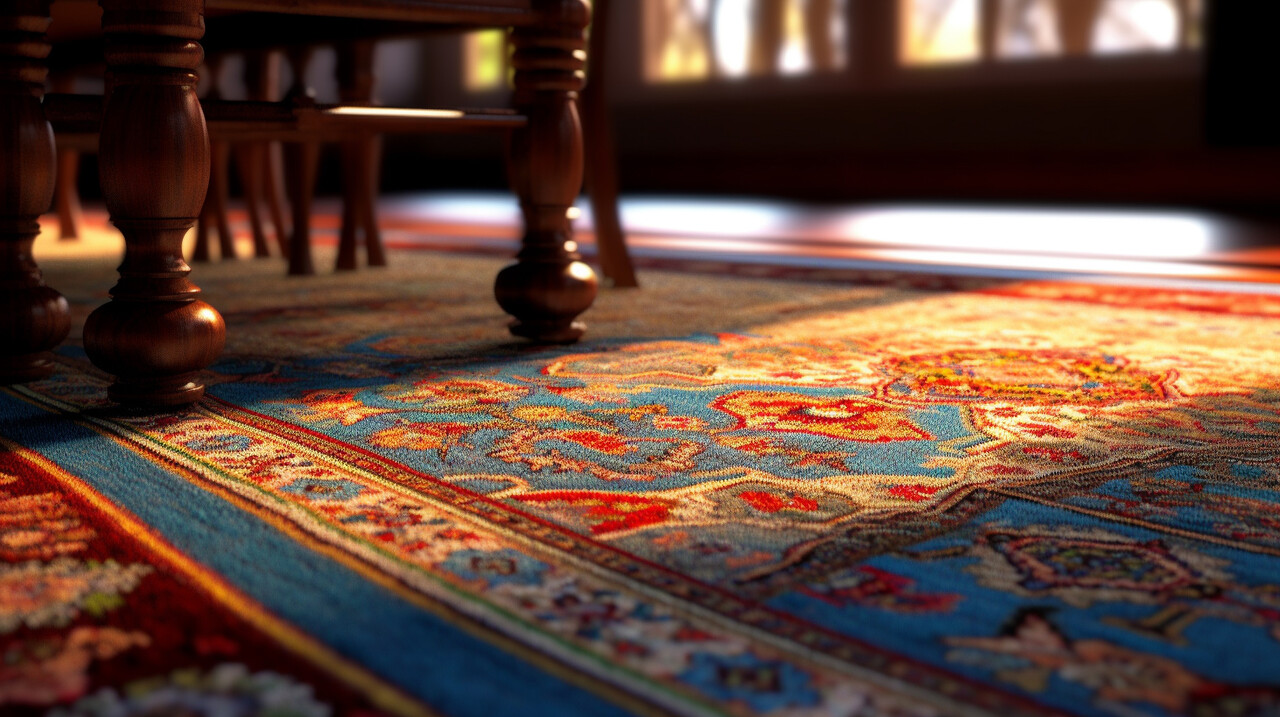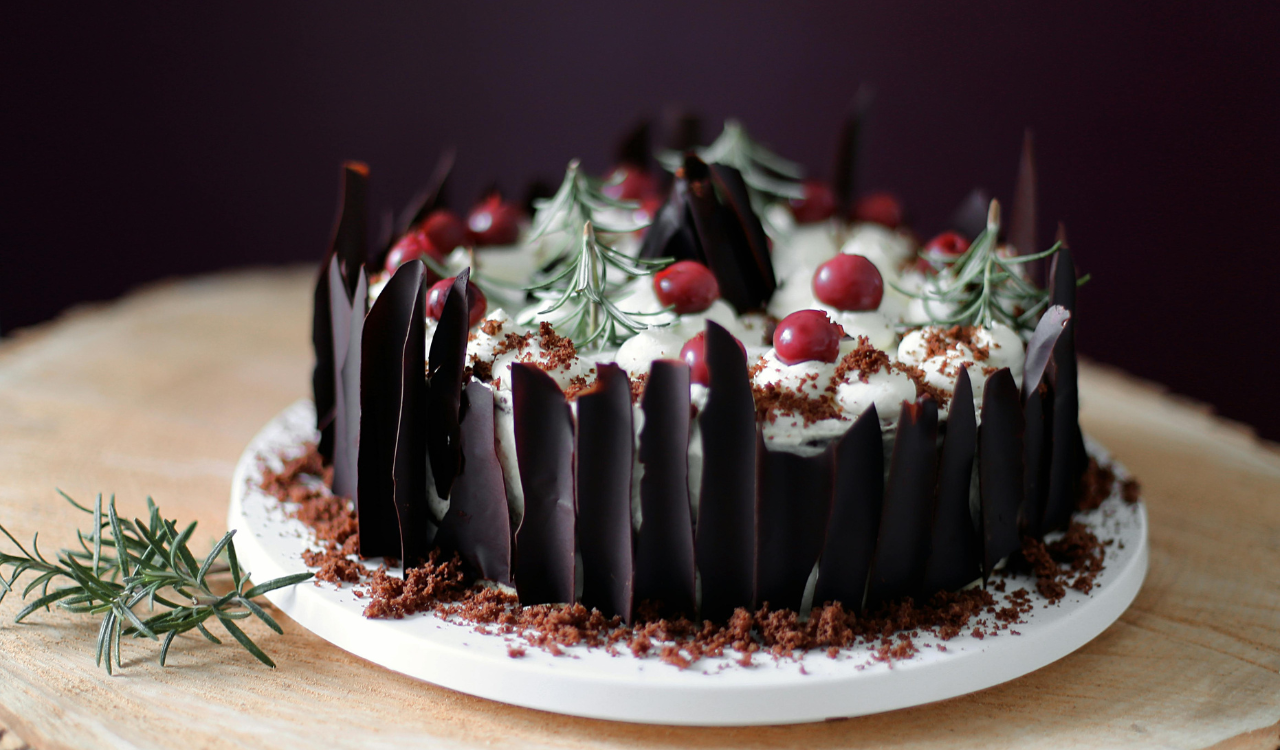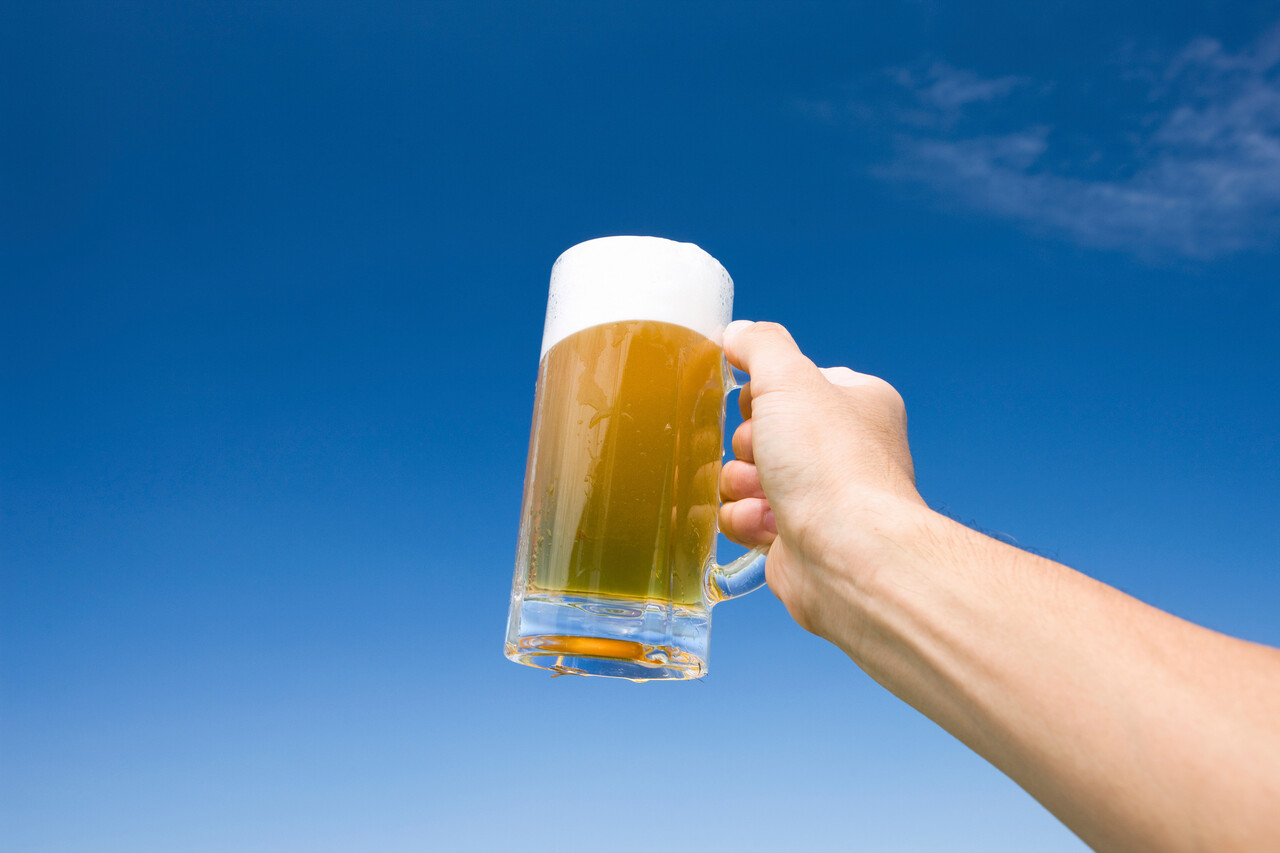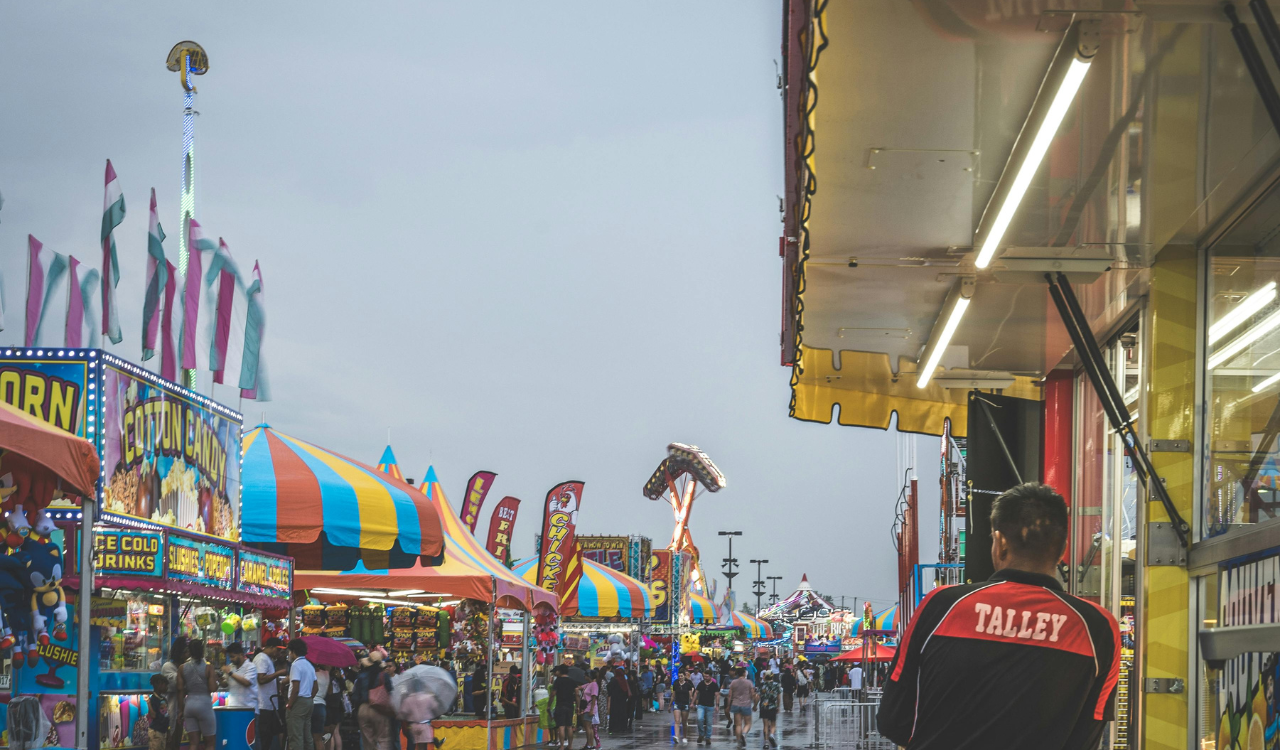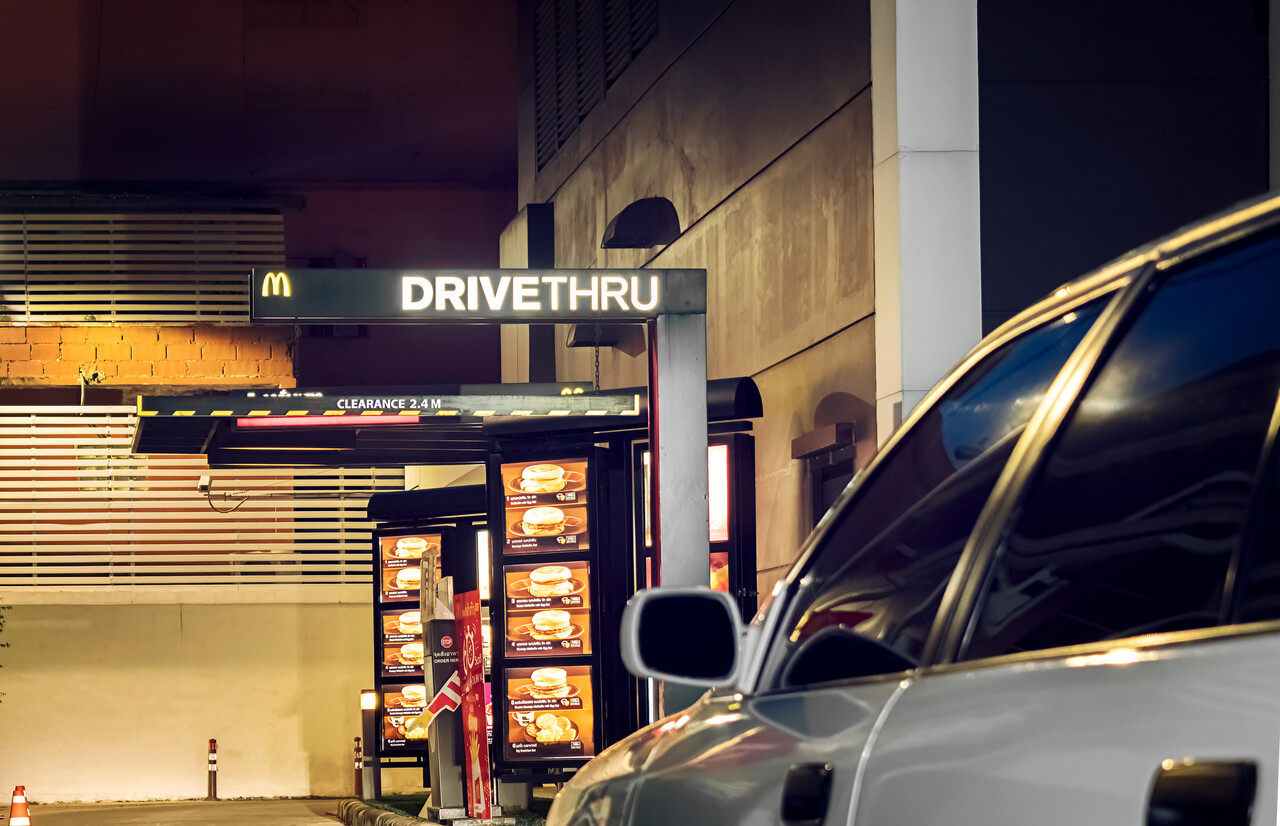Do Preheated Pans Prevent Sticking Or Is It A Myth?
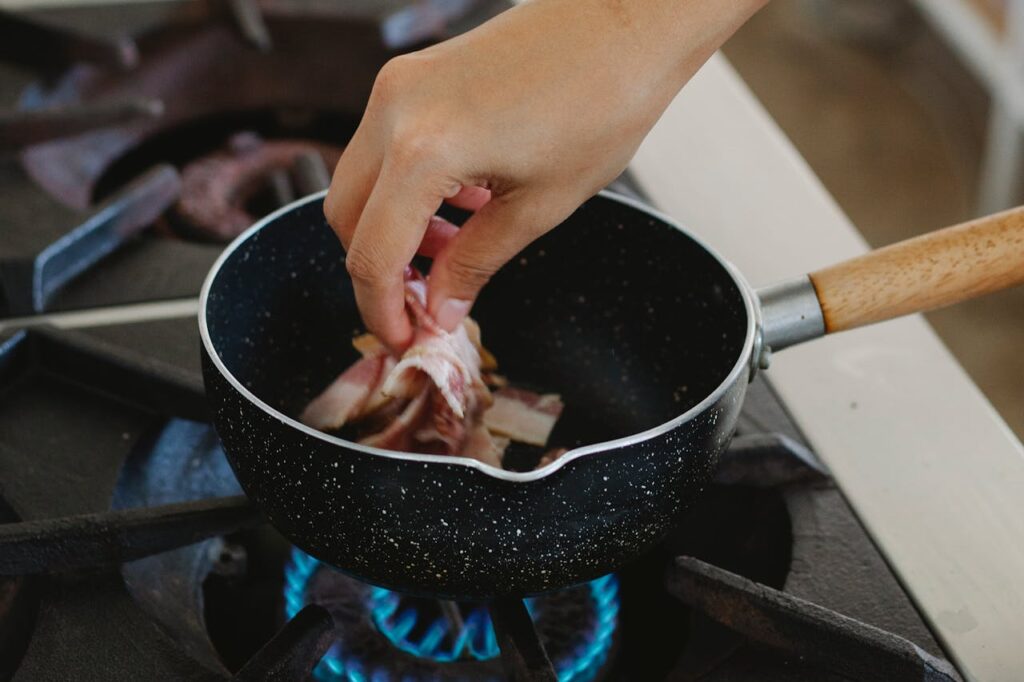
When cooking, one piece of advice often repeated is: “Always preheat your pan.” But is that really the secret to preventing food from sticking, or is it a kitchen myth passed down generations? The truth is more nuanced. Preheating does help under many circumstances, especially with metal pans, but it’s not a guarantee. Whether it works depends on the pan material, the fat used, and how you introduce food into it. Let’s explore when preheating helps and when it might mislead.
1. What “Sticking” Really Means
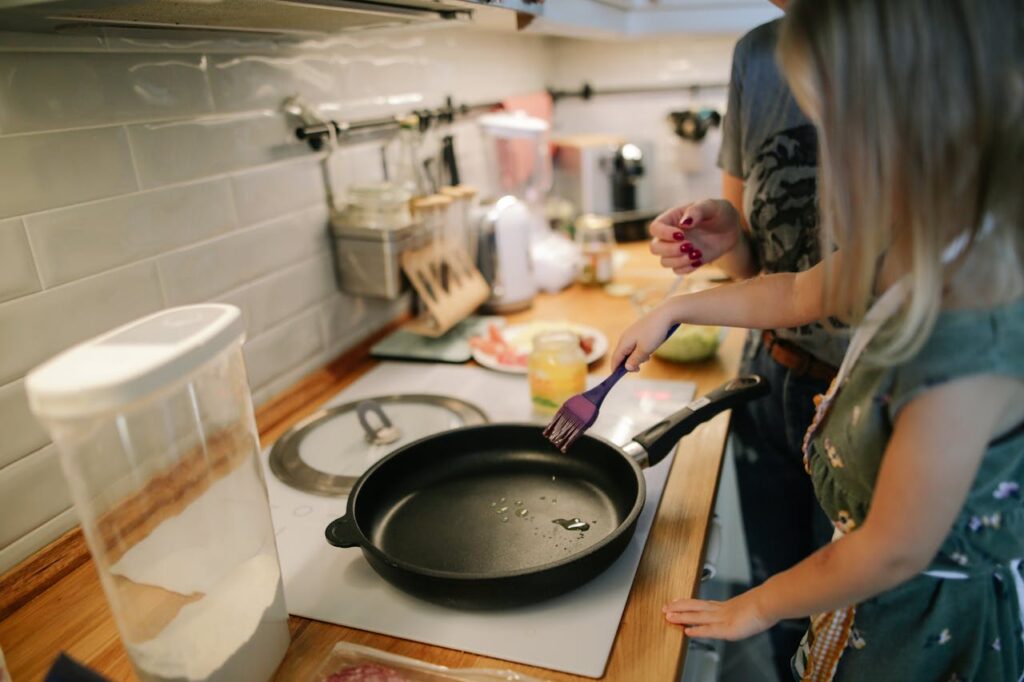
“Sticking” happens when food’s proteins or sugars bond with metal surfaces before a proper crust or barrier forms. In a cold pan, food can release moisture and steam, causing it to adhere to the surface. Preheating encourages rapid moisture evaporation and speeds up the Maillard reaction (browning), helping form a barrier between food and metal. But preheating alone doesn’t magically smooth the metal’s microscopic roughness. It works in tandem with oil or fat to reduce contact that leads to sticking.
2. How Pan Material Changes the Equation
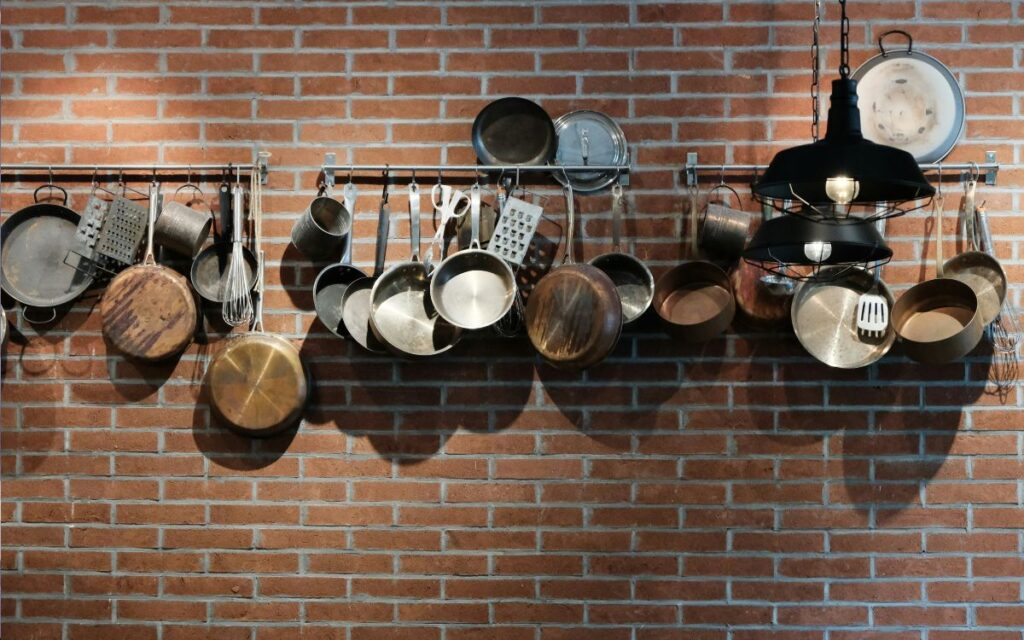
Different pan materials respond differently to heat. Cast iron and carbon steel retain heat well, so preheating them allows a more uniform surface temperature before cooking. This steadiness helps prevent sticking and ensures even cooking. Stainless steel heats less uniformly, so preheating helps reduce cold spots but care is needed with oil addition. Nonstick coatings are temperature-sensitive: overheating or preheating an empty nonstick pan can degrade the coating. The benefit of preheating depends heavily on what the pan is made of.
3. Oil, Temperature, and Sequence Matter
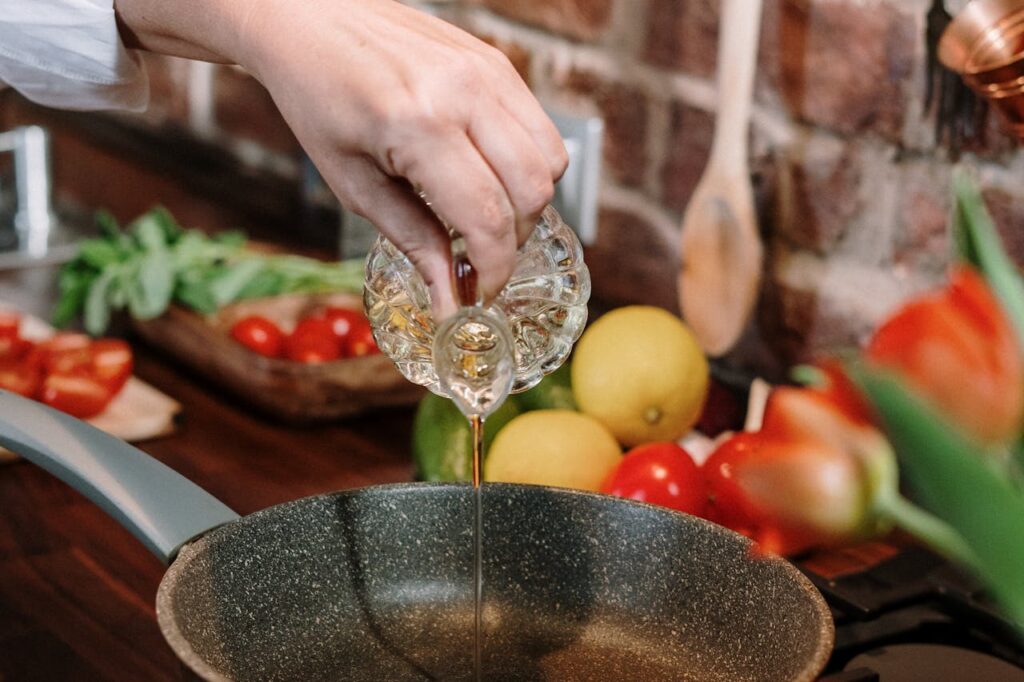
Preheating is only half the battle. You must also use an appropriate cooking fat and add it at the right moment. After preheating, adding oil or butter allows it to film the surface before food is introduced. The oil helps fill microscopic irregularities, improving release. If you add food too soon or overheat the fat, the film may not form correctly, making sticking more likely. The sequence: pan, oil, then food is crucial. Also, low-smoke-point fats can burn if heated too much in advance.
4. When Preheating May Backfire
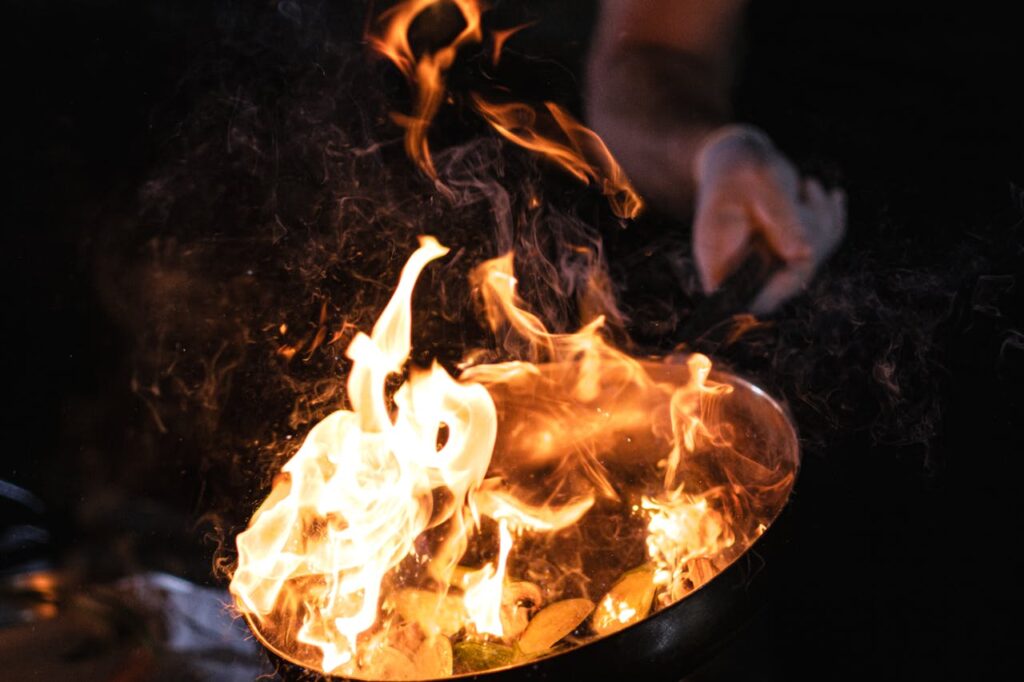
Preheating is not a universal fix. Delicate items like garlic, thin herbs, or soft cheeses may burn or stick more quickly if introduced to a very hot surface. Nonstick pans, especially with PTFE coatings, can degrade if left empty on high heat. Also, some fatty meats (like bacon) benefit from starting in a cool pan so the fat has time to render before crisping. In these cases, beginning with a cold or gently warmed pan gives more control and may reduce sticking risks.
5. Practical Tips to Use Preheating Wisely
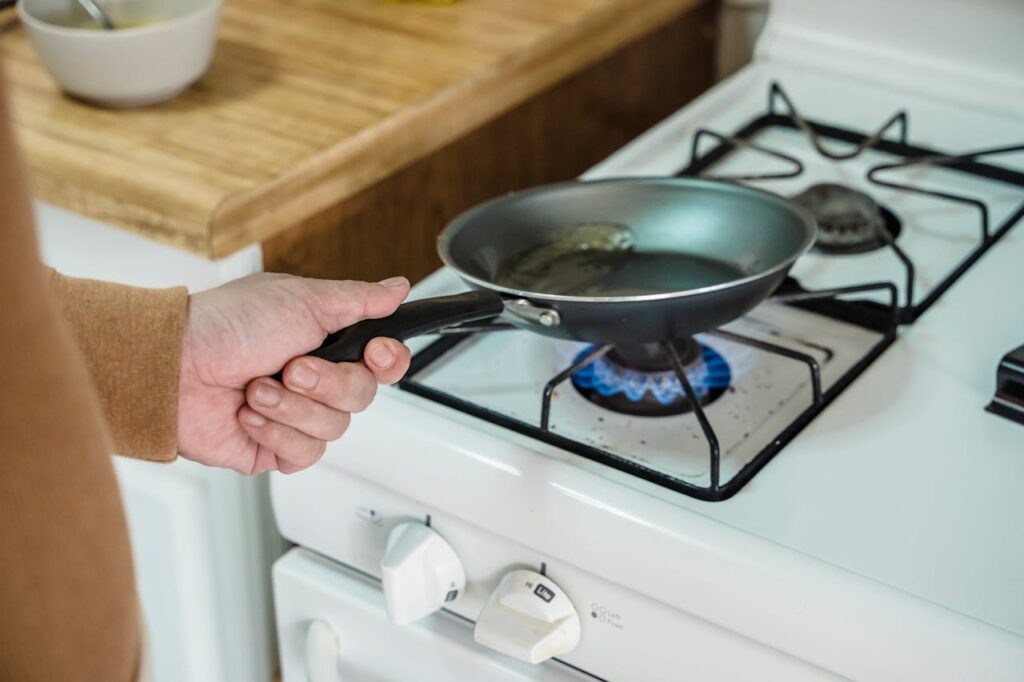
Use the Water Drop Test: when a few drops of water dance or bead on the surface, the pan is ready. Match the heat to the pan: medium for nonstick, medium-high for cast iron and steel. Add oil only when the pan is hot, wait for it to shimmer, then add food. Avoid overheating nonstick coatings by keeping temperatures in safe ranges. For delicate foods or fats, start with low heat and raise gradually rather than an abrupt hot pan.
6. The Science of Heat and Protein Release
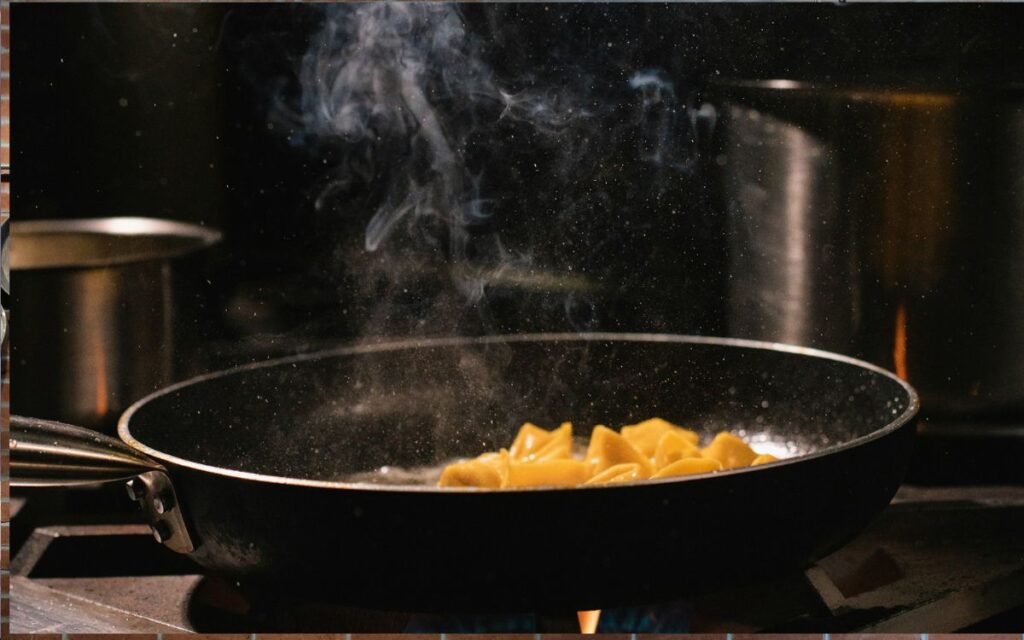
At the microscopic level, proteins in food naturally want to bond with metal surfaces. A cold pan allows more time for these bonds to form, which is why sticking occurs more often without preheating. A preheated surface quickly sears the outer layer of food, reducing the chance of chemical bonding. This reaction not only prevents sticking but also enhances browning and flavor. Understanding this scientific foundation explains why the timing of heat application is as important as the heat level itself.
7. The Role of Moisture in Sticking
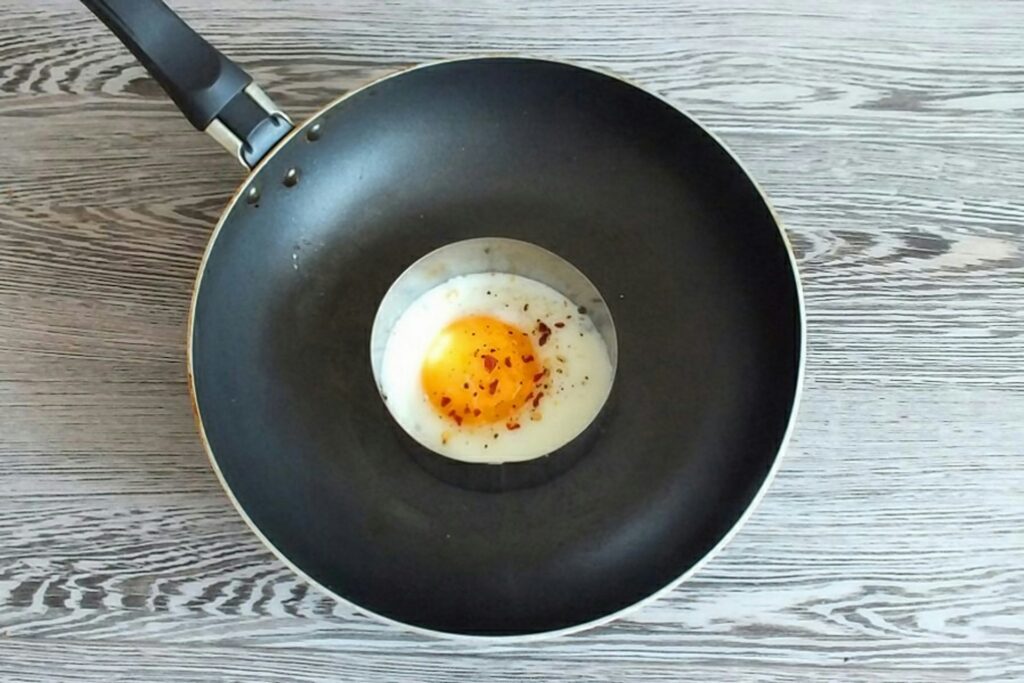
Moisture plays a surprisingly large role in whether food sticks. Cold pans trap moisture underneath food, turning it into steam that pushes food against the cooking surface. This creates an almost glue-like effect. Preheating helps moisture evaporate more rapidly, reducing this risk. Patting food dry before cooking and avoiding overcrowding also makes a difference. Even with a hot pan, too much water on the surface can overwhelm the searing process, so proper preparation and spacing are essential to preventing sticking.
8. Common Myths About Nonstick Cooking
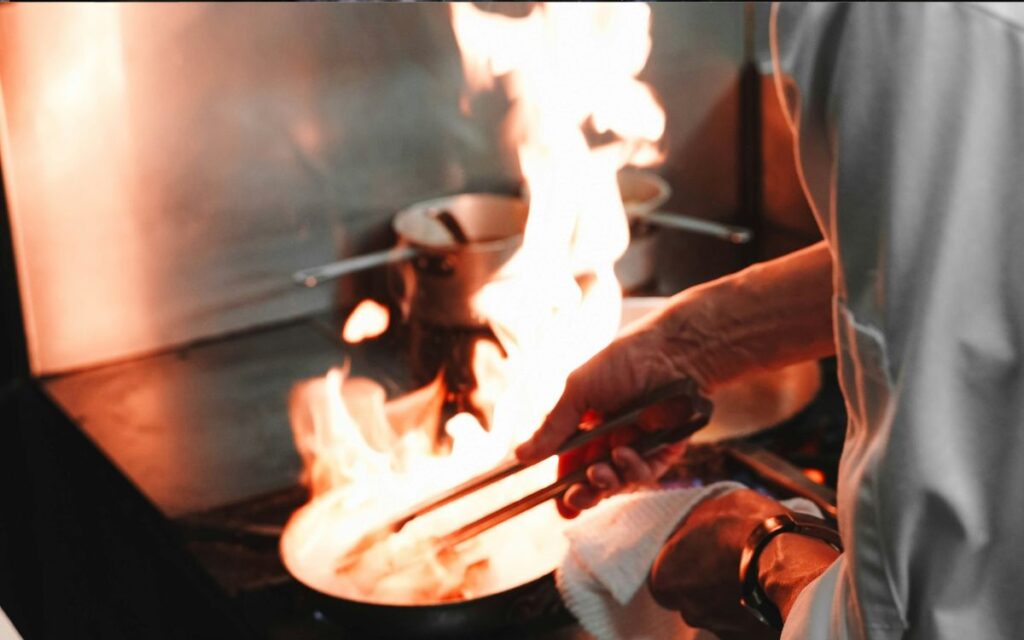
Many home cooks believe nonstick pans never need preheating or oil, but that’s not entirely true. While nonstick surfaces reduce sticking, gentle preheating still helps create an even cooking temperature. Using a small amount of oil can also improve texture and flavor while extending the life of the coating. Another misconception is that higher heat equals better results. In reality, extreme heat can damage nonstick coatings and cause food to stick more. Knowing the limits of nonstick pans prevents mistakes.
